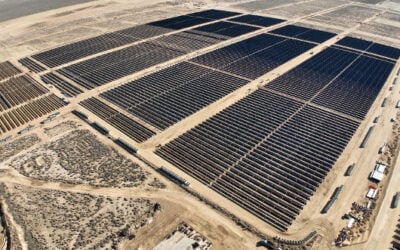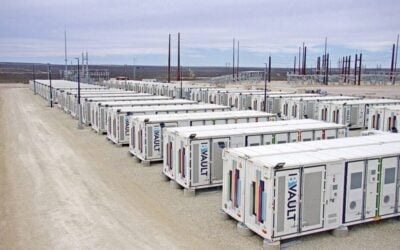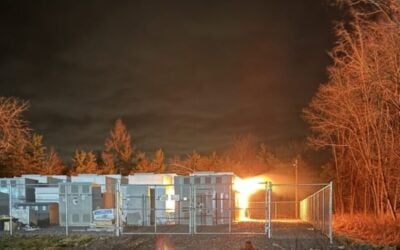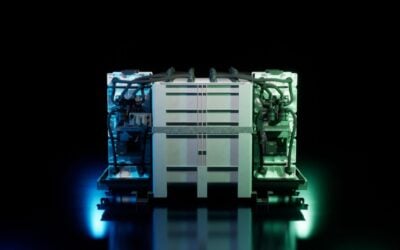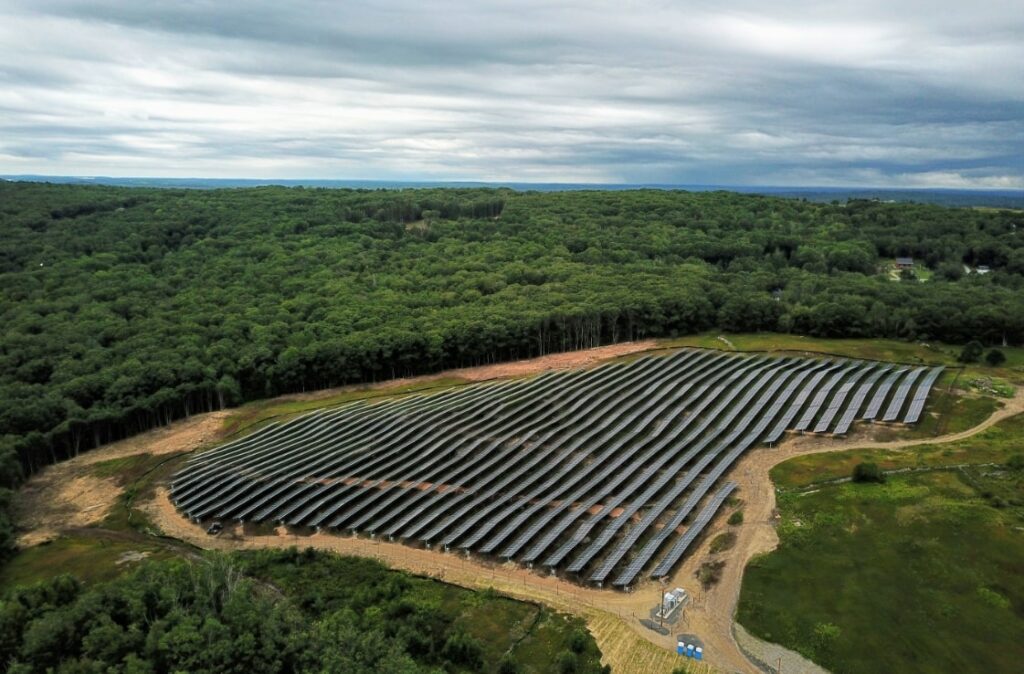
Developer BlueWave talked Energy-Storage.news through the opportunities for energy storage in ISO New England (ISO-NE), one of only a few markets where ancillary services are not part of the long-term value stack.
The firm, known mainly for community solar, recently re-branded from BlueWave Solar to Bluewave, reflecting a broadening of its ambitions into standalone battery storage too. It operates within the territory of grid operator ISO New England, which covers Connecticut, Maine, Massachusetts, New Hampshire, Rhode Island, and Vermont.
The company has a 3GW pipeline of storage projects mainly in Massachusetts and Connecticut, MD storage development Michael Zimmer said. These are both at the ‘transmission-scale’ level (35MW+) and the distributed scale which averages around 10MW per project, two of which will be commissioned next year.
He said progressive solar legislation in Massachusetts (like the SMART programme which Energy-Storage.news has written about) has led to a similar ‘duck curve’ of energy generation and consumption seen in Western US states like California, an issue which opens up opportunities for storage.
Try Premium for just $1
- Full premium access for the first month at only $1
- Converts to an annual rate after 30 days unless cancelled
- Cancel anytime during the trial period
Premium Benefits
- Expert industry analysis and interviews
- Digital access to PV Tech Power journal
- Exclusive event discounts
Or get the full Premium subscription right away
Or continue reading this article for free
The business case for storage across the ISO-NE market is based on capacity markets, energy trading and, specifically in Massachusetts, the Clean Peak Energy Standard which incentivise clean energy resources that can be dispatched during peak demand periods. Ancillary services are not an accessible revenue for energy storage in ISO-NE, Zimmer said.
For the capacity market – the Forward Capacity Auction (FCA) – FCA 18 will take place in February 2024 with the results published a month or two later. The FCA secures capacity for three years ahead meaning that FCA 18’s winners can start generating revenues through it in July 2027.
FCA 17 just concluded with around 31GW of capacity procured in total of which a little over 5,000MW was clean energy (solar, wind, energy storage and demand resources). BlueWave plans to bid in 200MW of transmission-scale storage assets to FCA 18 next year.
The firm, which is based in Boston and a certified B Corp, was acquired by investor Axium Infrastructure in March 2022. It was the first to develop a community solar project in Massachusetts but spun out its community solar servicing to its own company, Perch Energy, the year before the Axium deal.
Our sister site PV Tech interviewed BlueWave shortly after the deal as well as spinout Perch Energy about community solar and how to increase local acceptance of projects (Premium access).
Zimmer also discussed the firm’s approach to battery storage augmentation for a piece last week (Premium access).

